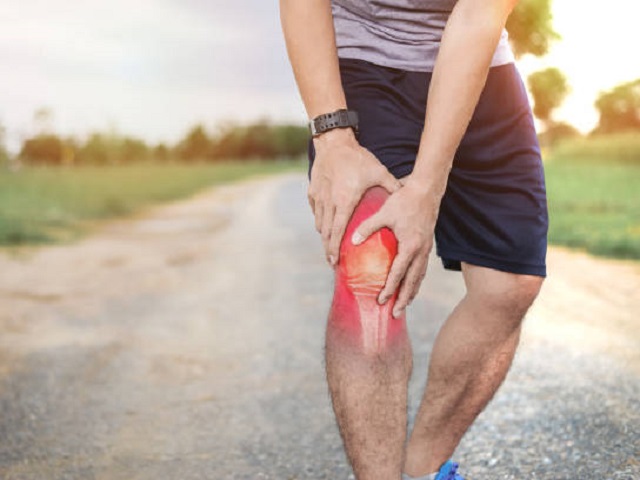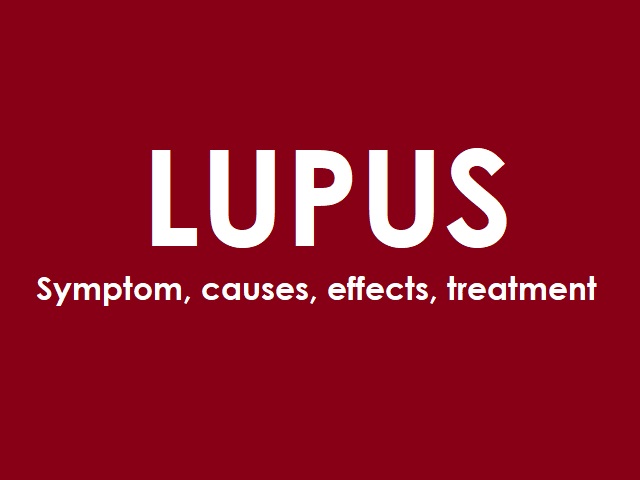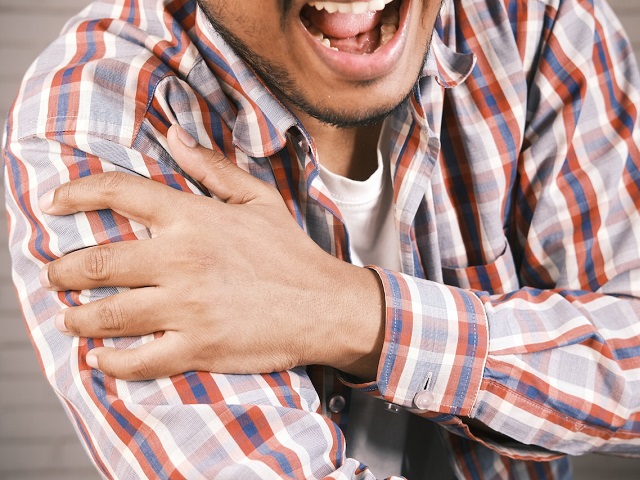5 Signs You Have Osteoarthritis -- Symptoms, Causes, Effects, Treatment and Prevention
Osteoarthritis is a degenerative joint disease that primarily affects the cartilage, the protective tissue that cushions the ends of bones in joints. It is the most common form of arthritis and typically occurs in weight-bearing joints such as the knees, hips, and spine. Osteoarthritis gradually worsens over time, causing pain, stiffness, and reduced joint mobility.
Symptoms of Osteoarthritis
The symptoms of osteoarthritis may vary depending on the affected joint, but common signs and symptoms include:
- Joint pain: Pain in the affected joint, which may worsen with movement or weight-bearing activities.
- Stiffness: Joint stiffness, particularly in the morning or after periods of inactivity, that improves with movement.
- Reduced range of motion: Decreased flexibility and limited joint movement.
- Swelling: Mild to moderate joint swelling, often due to inflammation.
- Crepitus: A grating or crackling sensation during joint movement.
Diagnosis of Osteoarthritis
The diagnosis of osteoarthritis typically involves a combination of medical history, physical examination, and imaging tests. Common diagnostic approaches include:
- Medical history: Evaluating symptoms, duration, and previous injuries or conditions.
- Physical examination: Assessing joint function, range of motion, and signs of inflammation.
- X-rays: Imaging studies that can reveal joint damage, cartilage loss, and bone spurs.
- MRI (Magnetic Resonance Imaging): Producing detailed images of the joint structures, cartilage, and surrounding tissues.
Causes of Osteoarthritis
The exact causes of osteoarthritis are multifactorial, and several factors contribute to its development, including:
- Aging: The risk of osteoarthritis increases with age as the cartilage naturally deteriorates over time.
- Joint injury: Previous joint injuries or repetitive stress on the joints can increase the likelihood of developing osteoarthritis.
- Obesity: Excess weight places additional stress on the joints, particularly the knees and hips.
- Genetics: Certain genetic factors may influence the susceptibility to osteoarthritis.
- Joint abnormalities: Structural abnormalities or malalignment of joints can contribute to uneven stress distribution and cartilage damage.
Effects of Osteoarthritis
Osteoarthritis can have significant effects on an individual's daily life and overall well-being, including:
- Chronic pain: Joint pain and discomfort that can interfere with activities of daily living.
- Reduced mobility: Joint stiffness and limited range of motion can hinder movement and physical function.
- Functional limitations: Difficulty performing tasks that require fine motor skills or weight-bearing activities.
- Decreased quality of life: Osteoarthritis can affect mood, sleep, and overall quality of life.
- Joint deformities: In advanced cases, osteoarthritis can lead to joint deformities and joint instability.
Treatment and Prevention of Osteoarthritis
The management of osteoarthritis focuses on relieving symptoms, improving joint function, and enhancing overall quality of life. Treatment options may include:
- Medications: Nonsteroidal anti-inflammatory drugs (NSAIDs), pain relievers, and corticosteroid injections to alleviate pain and reduce inflammation.
- Physical therapy: Exercises and physical therapy techniques to improve joint mobility, strength, and flexibility.
- Weight management: Maintaining a healthy weight to reduce stress on weight-bearing joints.
- Assistive devices: The use of assistive devices such as braces, orthotics, or canes to support joint function.
- Surgery: In severe cases, joint replacement surgery may be necessary to replace damaged joints with artificial joints.
Prevention strategies for osteoarthritis include:
- Maintaining a healthy weight: Reducing excess weight can help minimize joint stress.
- Regular exercise: Engaging in low-impact exercises and activities to strengthen muscles and support joint health.
- Injury prevention: Taking precautions to prevent joint injuries and avoiding repetitive stress on the joints.
- Joint protection: Using proper body mechanics and joint protection techniques during daily activities.
References:
Mayo Clinic. (2021). Osteoarthritis. Retrieved from https://www.mayoclinic.org/diseases-conditions/osteoarthritis/symptoms-causes/syc-20351925
Arthritis Foundation. (n.d.). Osteoarthritis. Retrieved from https://www.arthritis.org/diseases/osteoarthritis


















